

Boost yields, and income with advanced maize.
TEGO is an improved varieties maize technology developed to bolster drought resilience and improve grain output in maize cultivation. Developed through collaborative research efforts, TEGO integrates cutting-edge genetic traits, advanced breeding techniques, and climate-smart agricultural practices to address the pressing challenges posed by erratic rainfall patterns and water scarcity in agricultural landscapes.
This technology is TAAT1 validated.
Adults 18 and over: Positive high
Under 18: Positive medium
Women: Positive medium
Climate adaptability: Highly adaptable
Farmer climate change readiness: Significant improvement
Biodiversity: No impact on biodiversity
This technology addresses water stress in Sub-Saharan maize production, improving productivity and resilience to adverse rainfall. It contributes to climate resilience and SDGs, particularly in food security and poverty reduction. Gender-inclusive access further promotes equitable agricultural development.
To integrate this technology into your project, and create a list of project activities and prerequisites and plan these activities:
A team of trainers could provide training and support during project installation. Include the cost for training and post-training support for using the technology.
Communication support for the technology should be developed (flyers, videos, radio broadcasts, etc.)
For better optimization of the improved maize variety, it is recommended to associate this technology with Imazapyr resistant maize for Striga management (IR maize), Specialized pre-plant fertilizer blending and N topdressing, Maize-legume rotation and intercropping.
To implement the technology in your country, you could collaborate with agricultural development institutes and seed multiplication companies.
According to different countries, here are the suitable individual varieties.
Kenya
|
Varieties name |
Agro-ecology |
Duration to maturity |
Average yield t/ha (Optimal rainfal) |
Average yield t/ha (Moderate drought) |
Speial characteristics |
|
WE2104 |
Medium |
9.4 |
4.8 |
Drought tolerance |
|
|
WE2106 |
Medium |
9.1 |
4.7 |
Drought tolerance |
|
|
WE3205 |
Medium |
9 |
3.4 |
Drought tolerance |
|
|
WE5206 |
Medium |
9 |
3.5 |
Drought tolerance |
|
|
WE3102 |
Early |
7.3 |
4.8 |
Drought tolerant |
|
|
WE4115 |
Medium |
8.4 |
3.5 |
Drought tolerant |
|
|
WE3135 |
Early |
7.5 |
3.5 |
Drought tolerant & MLN tolerant |
|
|
WE7118 |
Medium |
8.2 |
3.4 |
Drought tolerant & MLN tolerant |
Uganda
|
Varieties name |
Agro-ecology |
Duration to maturity |
Average yield t/ha (Optimal rainfal) |
Average yield t/ha (Moderate drought) |
Speial characteristics |
|
WE2104 |
Medium |
9.4 |
4.8 |
Drought tolerance |
|
|
WE2106 |
Medium |
9.1 |
4.7 |
Drought tolerance |
|
|
WE2101 |
Medium |
9.8 |
4.6 |
Drought tolerant |
|
|
WE2114 |
Medium |
8.4 |
4 |
Drought tolerant |
|
|
WE2115 |
Medium |
8.5 |
3 |
Drought tolerant |
Tanzania
|
Varieties name |
Agro-ecology |
Duration to maturity |
Average yield t/ha (Optimal rainfal) |
Average yield t/ha (Moderate drought) |
Speial characteristics |
|
WE2112 |
Medium |
8.1 |
4.7 |
Drought tolerant |
|
|
WE2113 |
Medium |
8 |
4 |
Drought tolerant |
|
|
WE3102 |
Early |
7.3 |
4.8 |
Drought tolerant |
|
|
WE3113 |
Early |
7.7 |
3.5 |
Drought tolerant |
|
|
WE3117 |
Early |
7.4 |
4.3 |
Drought tolerant |
|
|
WE4102 |
Medium |
8.5 |
4.2 |
Drought tolerant |
|
|
WE4106 |
Medium |
8.6 |
4.1 |
Drought tolerant |
|
|
WE4110 |
Medium |
8.5 |
3.9 |
Drought tolerant |
|
|
WE4114 |
Medium |
9 |
3.6 |
Drought tolerant |
|
|
WE4115 |
Medium |
8.4 |
3.5 |
Drought tolerant |
|
|
WE3135 |
Early |
7.5 |
3.5 |
Drought tolerant & MLN tolerant |
|
|
WE5141 |
Medium |
||||
|
WE7118 |
Medium |
8.2 |
3.4 |
Drought tolerant & MLN tolerant |
|
|
WE7133 |
Medium |
Drought tolerant & MLN tolerant |
Mozambique
|
Varieties name |
Agro-ecology |
Duration to maturity |
Average yield t/ha (Optimal rainfal) |
Average yield t/ha (Moderate drought) |
Speial characteristics |
|
WE2101 |
Medium |
9.8 |
4.6 |
Drought tolerant |
Zambia
|
Varieties name |
Agro-ecology |
Duration to maturity |
Average yield t/ha (Optimal rainfal) |
Average yield t/ha (Moderate drought) |
Speial characteristics |
|
WE2101 |
Medium |
9.8 |
4.6 |
Drought tolerant |
Ethiopia
|
Varieties name |
Agro-ecology |
Duration to maturity |
Average yield t/ha (Optimal rainfal) |
Average yield t/ha (Moderate drought) |
Speial characteristics |
|
WE7210 |
Medium |
9.3 |
4.8 |
Drought tolerant |
Trademark
Scaling Readiness describes how complete a technology’s development is and its ability to be scaled. It produces a score that measures a technology’s readiness along two axes: the level of maturity of the idea itself, and the level to which the technology has been used so far.
Each axis goes from 0 to 9 where 9 is the “ready-to-scale” status. For each technology profile in the e-catalogs we have documented the scaling readiness status from evidence given by the technology providers. The e-catalogs only showcase technologies for which the scaling readiness score is at least 8 for maturity of the idea and 7 for the level of use.
The graph below represents visually the scaling readiness status for this technology, you can see the label of each level by hovering your mouse cursor on the number.
Read more about scaling readiness ›
Uncontrolled environment: validated
Common use by projects NOT connected to technology provider
| Maturity of the idea | Level of use | |||||||||
| 9 | ||||||||||
| 8 | ||||||||||
| 7 | ||||||||||
| 6 | ||||||||||
| 5 | ||||||||||
| 4 | ||||||||||
| 3 | ||||||||||
| 2 | ||||||||||
| 1 | ||||||||||
| 1 | 2 | 3 | 4 | 5 | 6 | 7 | 8 | 9 | ||
| Country | Testing ongoing | Tested | Adopted |
|---|---|---|---|
| Ethiopia | –No ongoing testing | Tested | Adopted |
| Kenya | –No ongoing testing | Tested | Adopted |
| Mozambique | –No ongoing testing | Tested | Adopted |
| Nigeria | –No ongoing testing | Tested | Adopted |
| South Africa | –No ongoing testing | Tested | Adopted |
| Tanzania | –No ongoing testing | Tested | Adopted |
| Uganda | –No ongoing testing | Tested | Adopted |
This technology can be used in the colored agro-ecological zones. Any zones shown in white are not suitable for this technology.

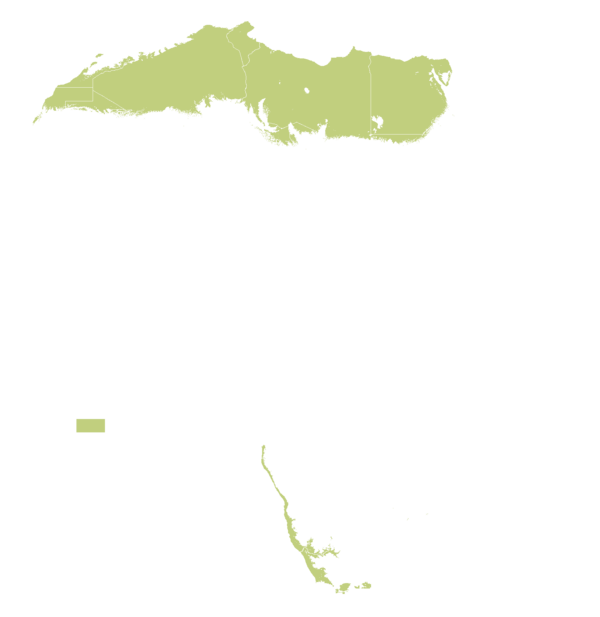

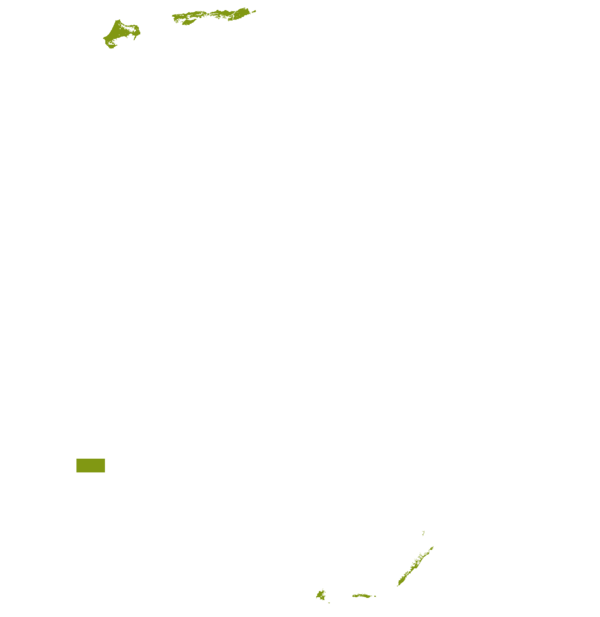






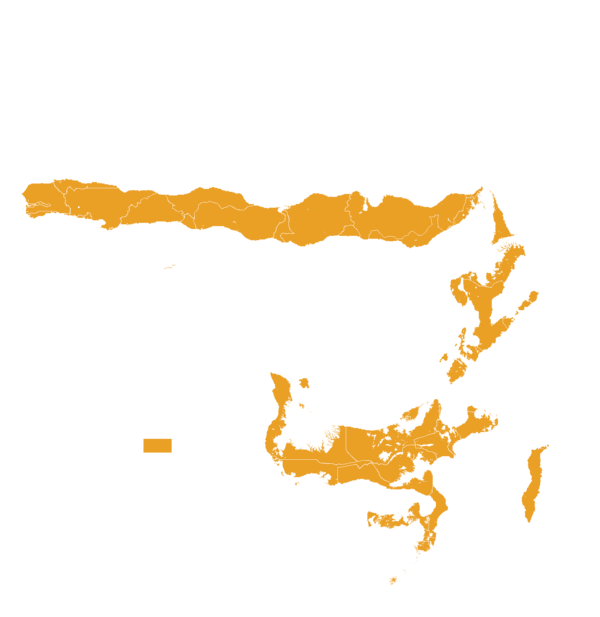


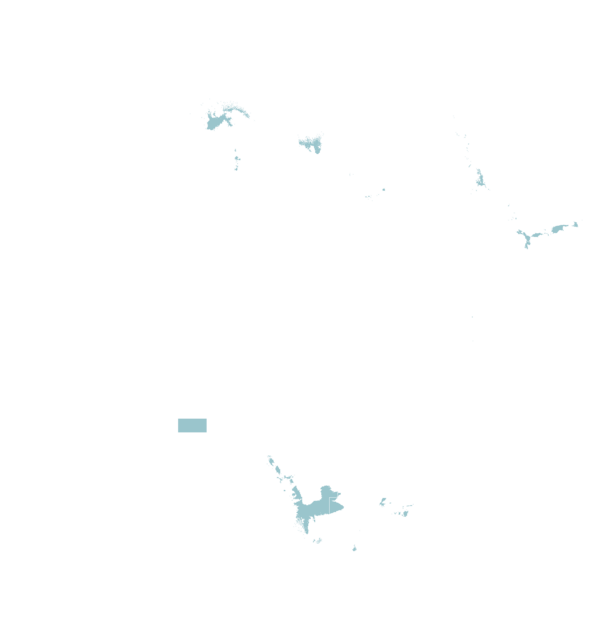

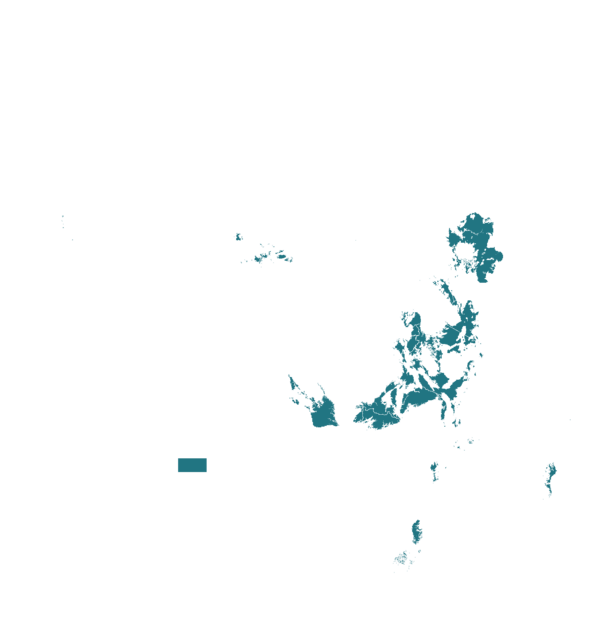

| AEZ | Subtropic - warm | Subtropic - cool | Tropic - warm | Tropic - cool |
|---|---|---|---|---|
| Arid | ||||
| Semiarid | ||||
| Subhumid | ||||
| Humid |
Source: HarvestChoice/IFPRI 2009
The United Nations Sustainable Development Goals that are applicable to this technology.
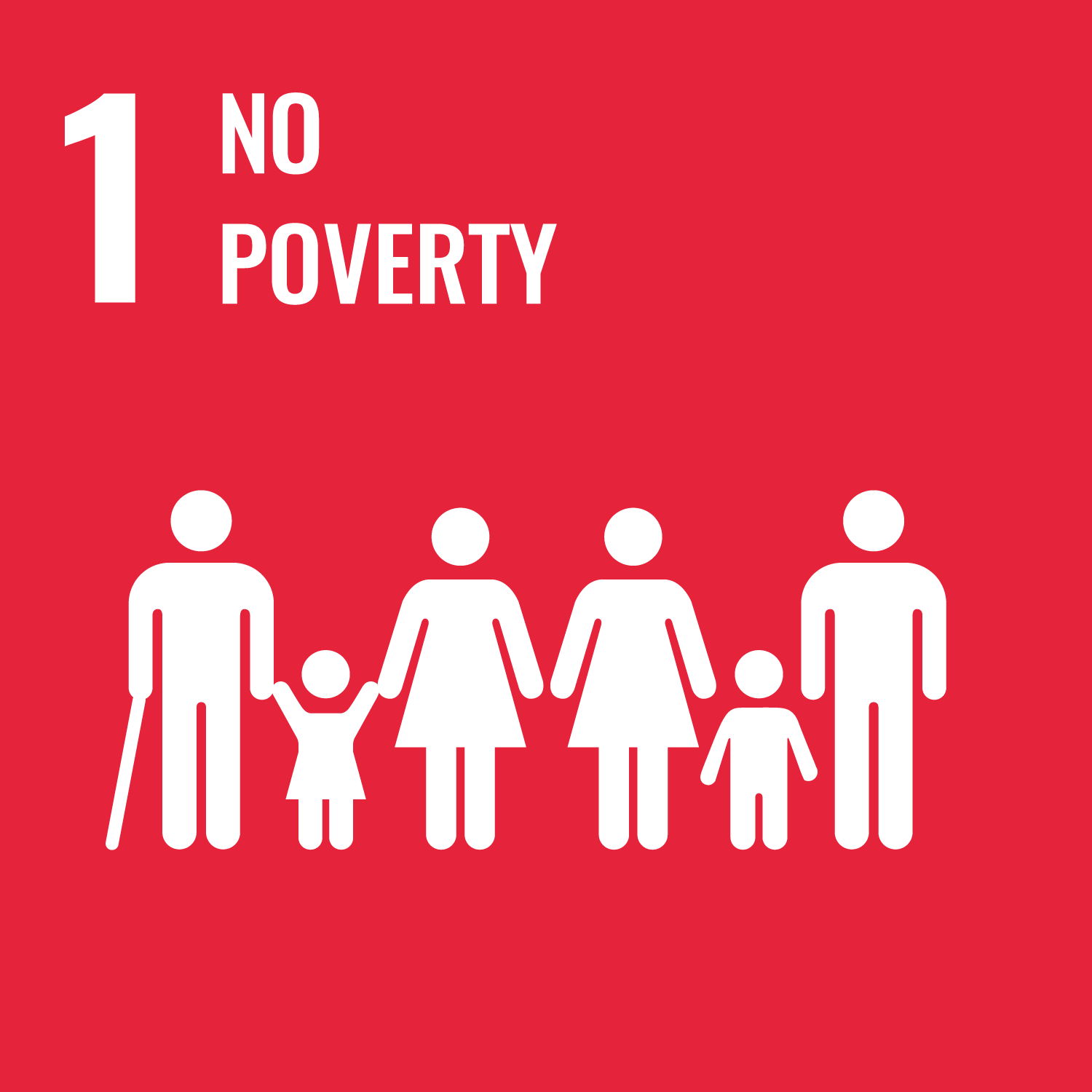


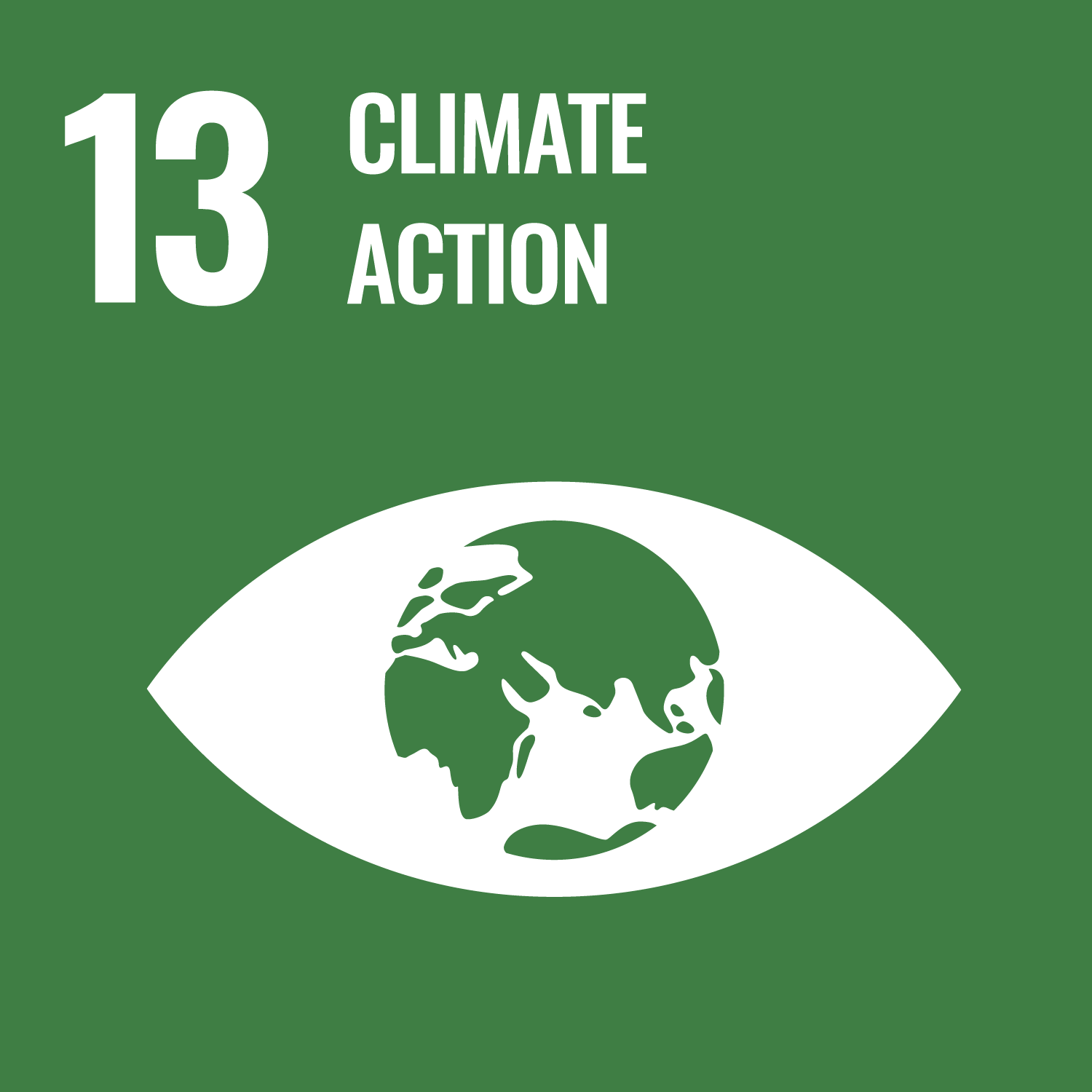
Last updated on 7 November 2025